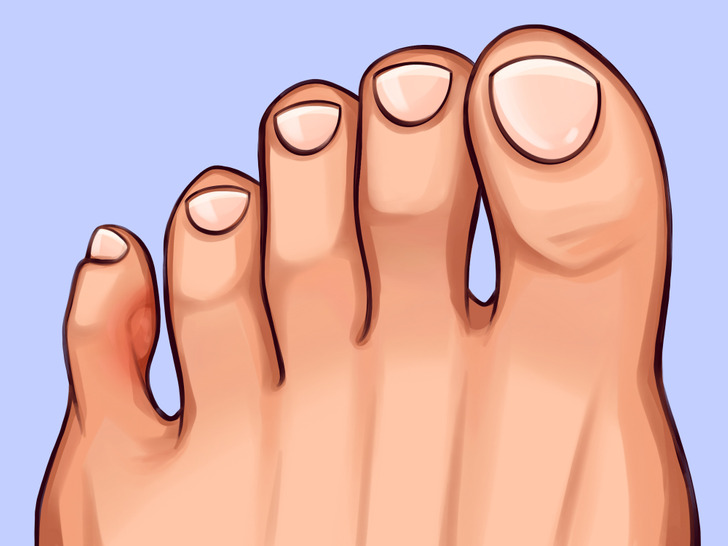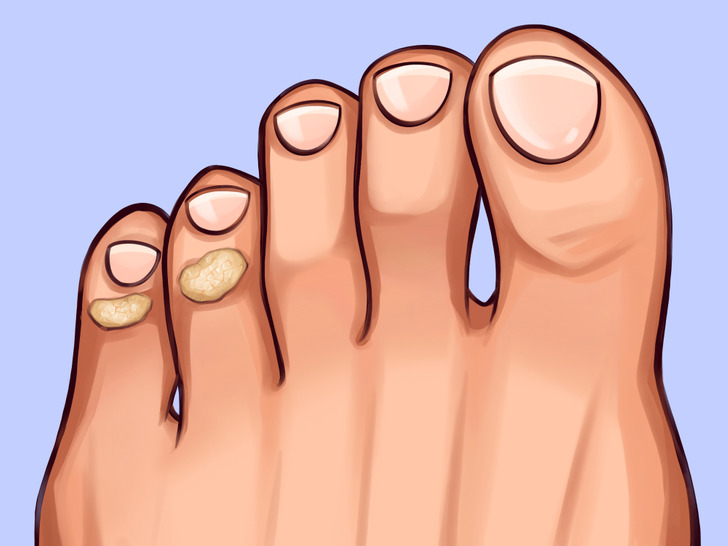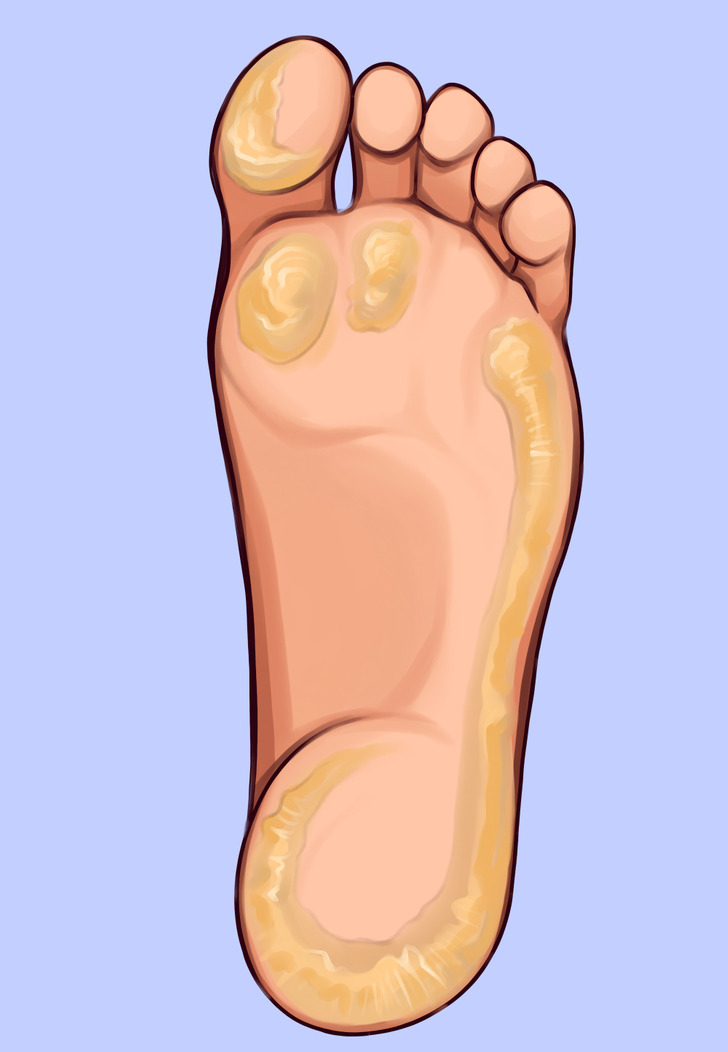A Guide to Types of Corns and Calluses
Perhaps all of us have had our feet rubbed the wrong way by our shoes at least once. Even after wearing them for just an hour, an uncomfortable pair of shoes can leave your feet covered with blisters. But there are also corns and calluses that can develop. So what’s the difference between all of these things?
5-Minute Crafts decided to find out how these things are different and what you should know about each of them.
❗ Important: This article is for information only and can’t replace professional assistance.
Soft corns

Soft corns usually form between the toes. Most often, they occur between the fourth and fifth toes but can appear in other places too. This type is one of the most painful. This corn occurs if there is too much friction occurring between the toe bones, and uncomfortable shoes can aggravate the situation. Soft corns are dangerous because they can get infected, so this corn should be examined by a doctor.
It’s recommended to monitor the condition of this corn at the early stages. A cotton ball or soft cloth pad placed between the toes can help reduce discomfort and pain.
Preventative measures:
- Choose well-fitting socks.
- Wear comfortable shoes that are not too tight.
- Choose shoes that provide support.
Hard corns

These are small, hard patches of skin that usually form at the tips of the toes, where the bone presses against the skin from the inside. They are usually around the size of a pea and are very hard to the touch. One of the reasons why they form is from wearing shoes that are too tight, forcing the toes to curl downward and the tops of the toes to press against the inside of the shoe. Often, hard corns are the result of a combination of tight shoes and toe deformity.
There are 2 ways you can help the situation: choose wide, comfortable shoes, or fix the problems in your toes. Orthopedic insoles or small pads can also be helpful.
Calluses

Unlike the corns described above, calluses have an uneven, more irregular shape. You are more likely to find calluses on the soles of your feet on the bony areas that carry your weight, like the heel, big toe, ball of the foot, and the sides of the foot. Having a light callus on the sole of the foot is normal. However, there are things that can aggravate it:
- Wearing high heels
- Wearing shoes without socks or with very thin socks
- Spending a long time on your feet or extended sporting activities
- Losing fatty tissue on the balls of the feet with older age
To prevent calluses from forming, wash and exfoliate your feet daily, use a pumice stone on rough and thickened areas of the foot skin, and wear comfortable shoes, of course.